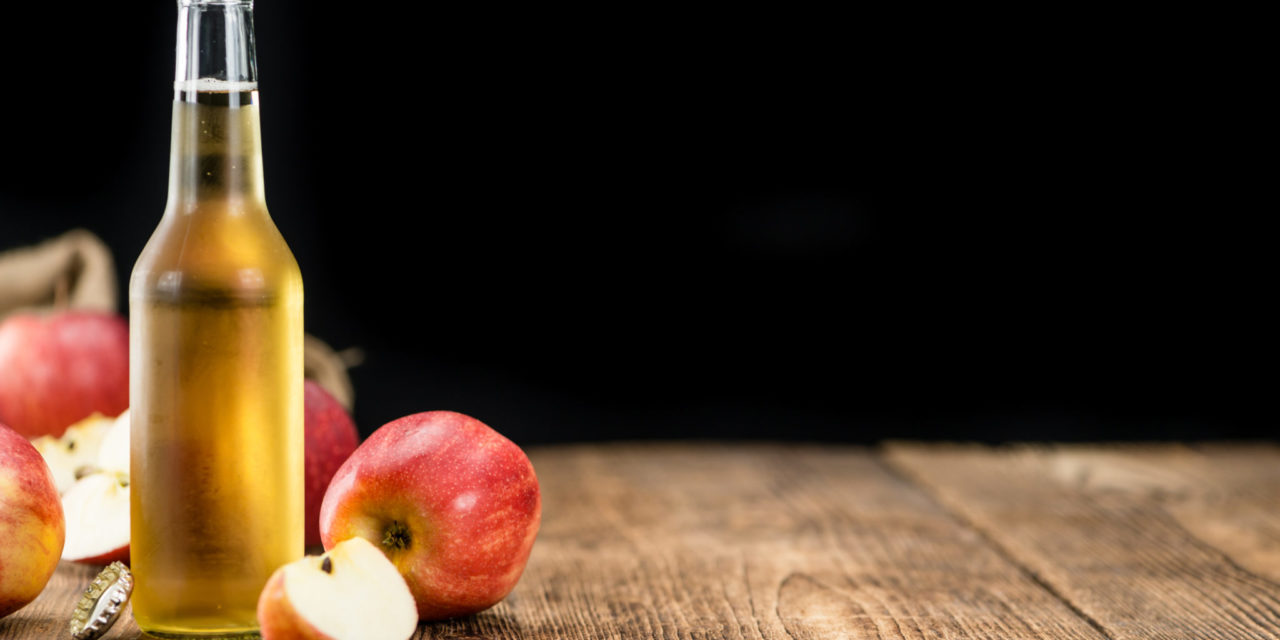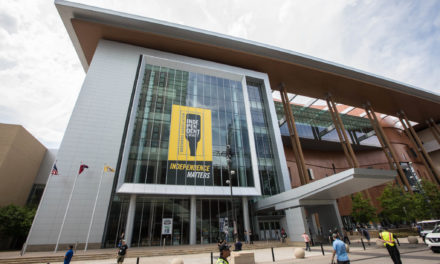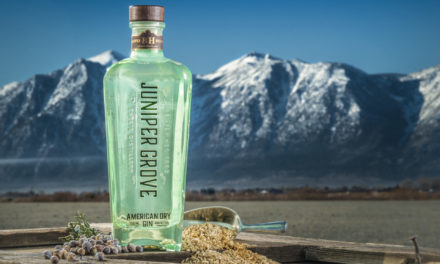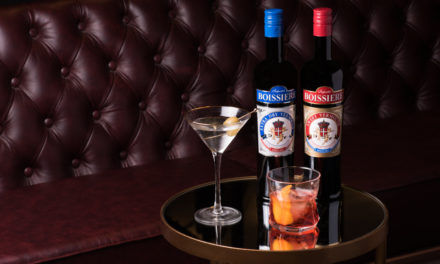The Asturians and Basques of northern Spain have a cider history stretching back thousands of years. Fermented unsulfited with wild yeasts and mostly local apple varieties, traditional Spanish ciders, sidras natural, are bright with acid and bottled still, dry, and unfiltered. Though production processes are largely the same, each cider house, or llagar, uses its own combination of apples—mostly sharps, with a small percentage containing higher tannin levels to give the sidra body.
Malolactic fermentation is also an important component in the process, softening the acids and rounding out the flavors, which can range from fruity to funky. One thing sidras are not is vinegary, for while a certain amount of acetic acid may be part of the overall profile, levels are strictly controlled by law and cidermakers aim for piquant rather than sour. Flavors are further softened by the traditional serving method of pouring a small amount of sidra into a large glass from a height of a couple of feet, which aerates the sidra and makes a profound difference in the flavor. American drinkers can simulate this pouring style using a small device called a tapon and a pouring height of about 12 inches.
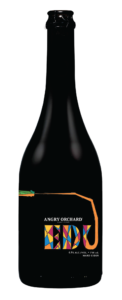 Spanish sidras have been an inspiration to American cider drinkers and cidermakers alike. Here are a handful of sidras and their American counterparts to get your tasting adventure started.
Spanish sidras have been an inspiration to American cider drinkers and cidermakers alike. Here are a handful of sidras and their American counterparts to get your tasting adventure started.
Edu
Angry Orchard; Walden, N.Y.
Ryan Burk of Angry Orchard has spent more time studying cidermaking with Spanish cidermakers than any other American cidermaker working today. Named for cider expert Eduardo Coto, Edu is full-bodied and buttery, rich with the flavors of ripe apple and highlights of lemon rind.
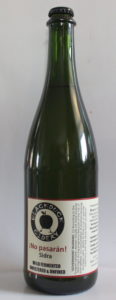
¡No Pasarán!
Black Duck Cidery; Ovid, N.Y.
Black Duck cidermaker John Reynolds uses a complex blend of American and English heritage apple varieties grown near his Finger Lakes home to craft this medium-bodied cider, which is more spicy than fruity. Tart without being overtly sour, it reads of allspice, nutmeg, and cinnamon.
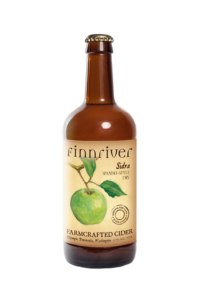 Finnriver Sidra
Finnriver Sidra
Finnriver Farm & Cidery; Chimacum, Wash.
Washington’s Olympic Peninsula has much in common with the climate of northern Spain, part of cidermaker Andrew Byer’s inspiration for his sidra homage. It’s relatively light in body with flavors of pear and slightly salty grapefruit peel, and a pronounced sourness.
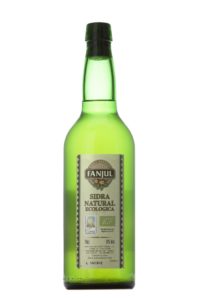 Fanjul Ecologica
Fanjul Ecologica
Fanjul; Siero, Asturias, Spain
A classic Asturian sidra natural, this organic sidra made by third-generation cidermaker Carlos Ballesteros sports touches of anise with lively flavors of lemon and pineapple, tropical notes of guava, and a well-integrated touch of acetic acid.
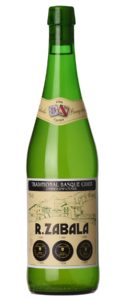
Zabala Sagardoa
Zabala; Aduna, Basque Country, Spain
The Zabala family has been making cider in the Basque Country since at least the mid-19th century. Their sidra natural (sagardoa in Basque) has a robust creamy mouth and notes of tobacco and mildly-pungent ripe cheese.

